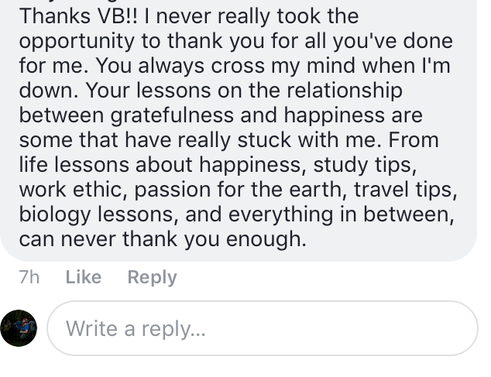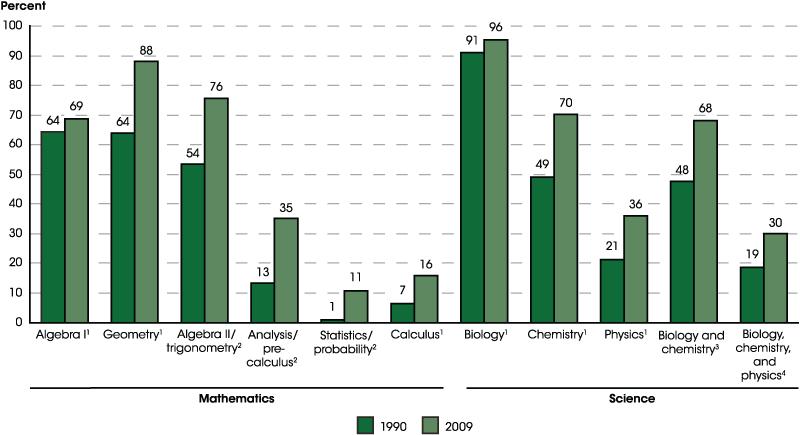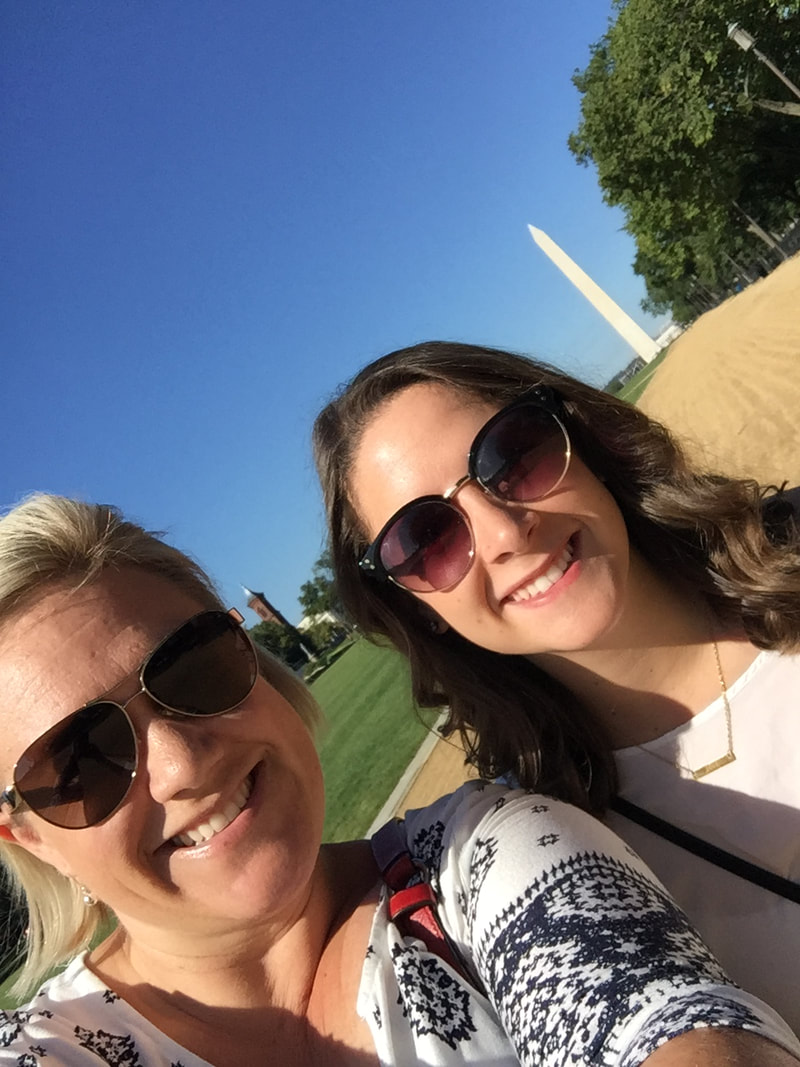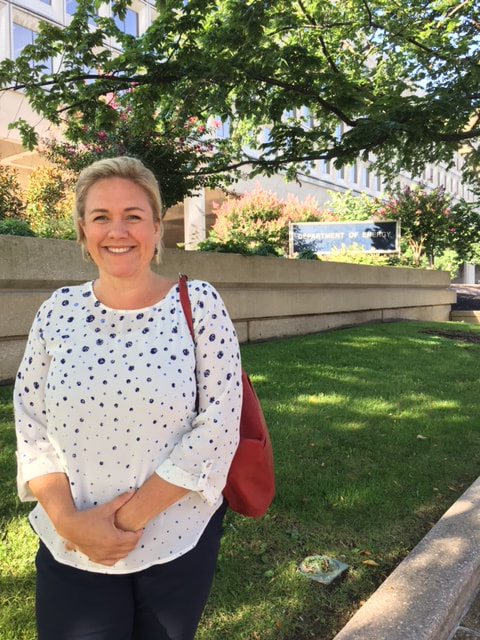|
"It is the supreme art of the teacher to awaken joy in creative expression and knowledge." Albert Einstein Those of you who know me, know that I LOVE CLASSROOM TEACHING. I love the energy, humor, variation, and challenge of teaching. During this time of year when my colleagues and former students are returning to classrooms, I am thankful to have the opportunity to pause and reflect on my career as a teacher.
I was curious about the numbers of teachers in the United States, which lead me into a web of data and estimates and surveys and graphs. What I present here is really a "quick and dirty" summary of what I can find with a few minutes of web searching. This is not dissertation level research, however, it might elucidate some of our country's need for more teachers! According to the Bureau of Labor Statistics, there are 961,600 secondary (middle and high) school teachers in the United States. Of that, from what data I can find with a quick search, there are about 15.1 million secondary school students and about 211,000 science teachers. A quick division and I estimate there are roughly 72 kids per secondary science teacher in the United States*. That's a lot of impact made on individual kids by individual science teachers. And, a lot more kids are taking science classes than in the past. Percentage of High School Graduates who Completed Math and Science Courses in High School I guess my point here is that science teachers make a big difference in the lives of individual kids, and that impact really scales up to having large impact in our country.
* 72 students per teacher is a National average. Obviously, averages are important... but for perspective, last year I taught about 160 kids. So, there is likely a very large standard deviation around this average.
** let me know if you are my former student and now are a science teacher yourself! |
Archives
July 2018
|
I give many of my IB Biology resources away, for the benefit of students and teachers around the world.
If you've found the materials helpful, please consider making a contribution of any amount
to this Earthwatch Expedition Fund.
Did I forget something? Know of a mistake? Have a suggestion? Let me know by emailing me here.
Before using any of the files available on this site,
please familiarize yourself with the Creative Commons Attribution License.
It prohibits the use of any material on this site for commercial purposes of any kind.
If you've found the materials helpful, please consider making a contribution of any amount
to this Earthwatch Expedition Fund.
Did I forget something? Know of a mistake? Have a suggestion? Let me know by emailing me here.
Before using any of the files available on this site,
please familiarize yourself with the Creative Commons Attribution License.
It prohibits the use of any material on this site for commercial purposes of any kind.



